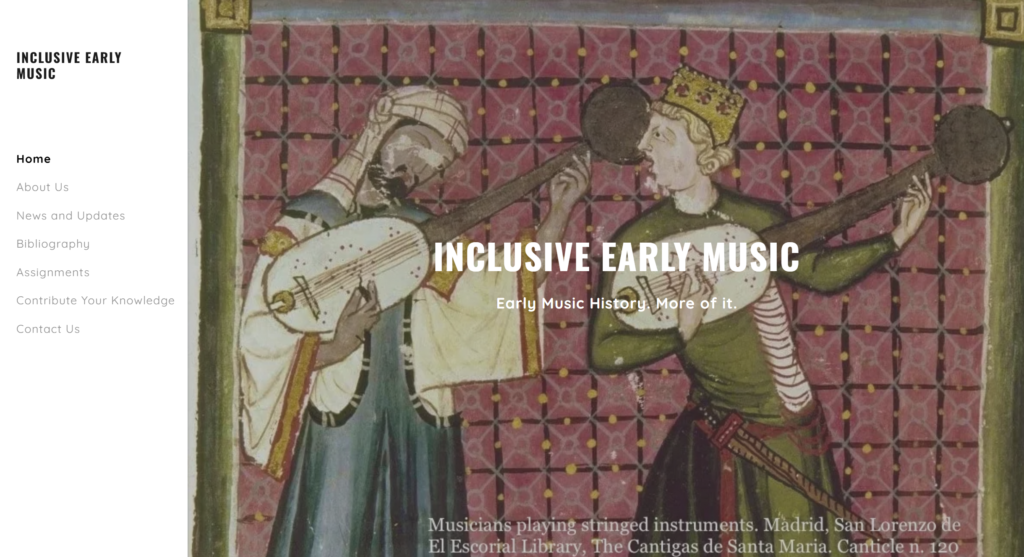
https://inclusiveearlymusic.org/
A crowd-sourced bibliography of articles and books “to introduce students to musical voices and communities and points of contact typically left out of college survey courses.”

https://inclusiveearlymusic.org/
A crowd-sourced bibliography of articles and books “to introduce students to musical voices and communities and points of contact typically left out of college survey courses.”

https://ista.univ-fcomte.fr/omekatest/s/atma-english/page/welcome_ATMA
ATMA is a thematic digital library devoted to the technical works of the Western military tradition (tactics, military architecture, ballistics, etc.) from the 16th to the early 17th century. Its aim is to make these texts accessible and facilitate their consultation and study through a series of online digital tools:
The project, launched in September 2022, is in its initial phase: ATMA currently has 75 digitised texts (3 of which have been OCR’ed and can be searched using lexical terms), 2 author biographies, 1 3D technical illustration, a geographical map and 1 technical glossary.
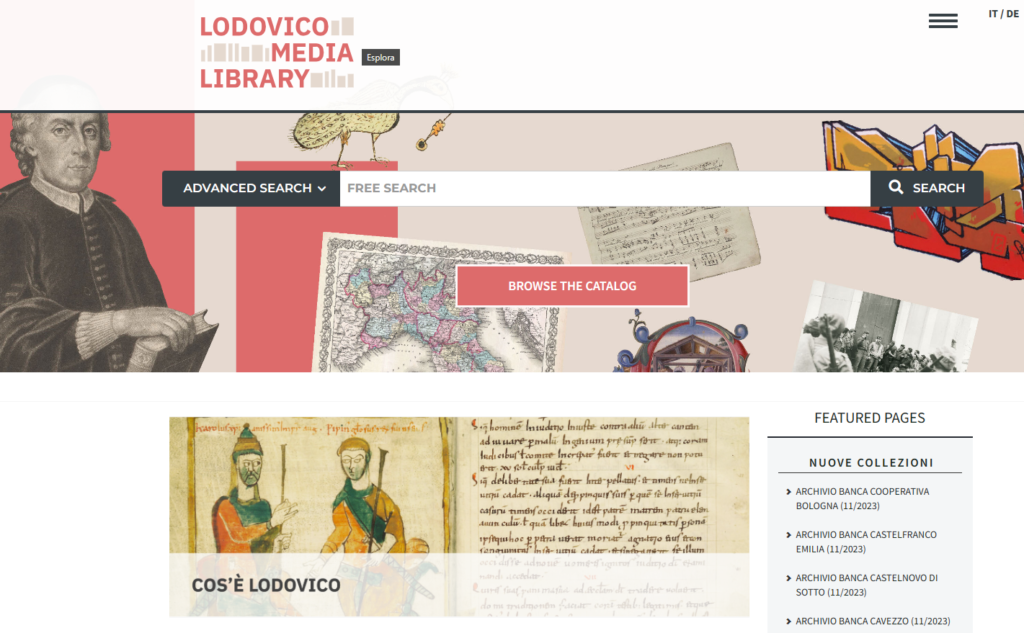
https://lodovico.medialibrary.it/home/index.aspx
Lodovico is a multi-tenant media library hosting an increasing number of cultural institutions from the Emilia-Romagna region (currently it has about 30 participants). The Lodovico Media Library is conceived has a repository for digitized collections from libraries, museums and archives. Among the most relevant digital collections for Renaissance studies: the letters of Lucrezia Borgia; the Jewish fragments; documents from the Este and Farnese court. It has about 126,000 digital objects.

Medicine and the Making of Race, 1440-1720 is a four-year UKRI FLF-funded project which seeks to explore the role of medical practitioners in the early years of the slave trade, and the relationship their practical experiences had to early modern ideas of ‘race’.
This project aims to uncover and analyze practical medical attitudes to enslaved and free Black Africans in early modern Europe, and in early modern Europeans’ global encounters. It addresses several key research questions:
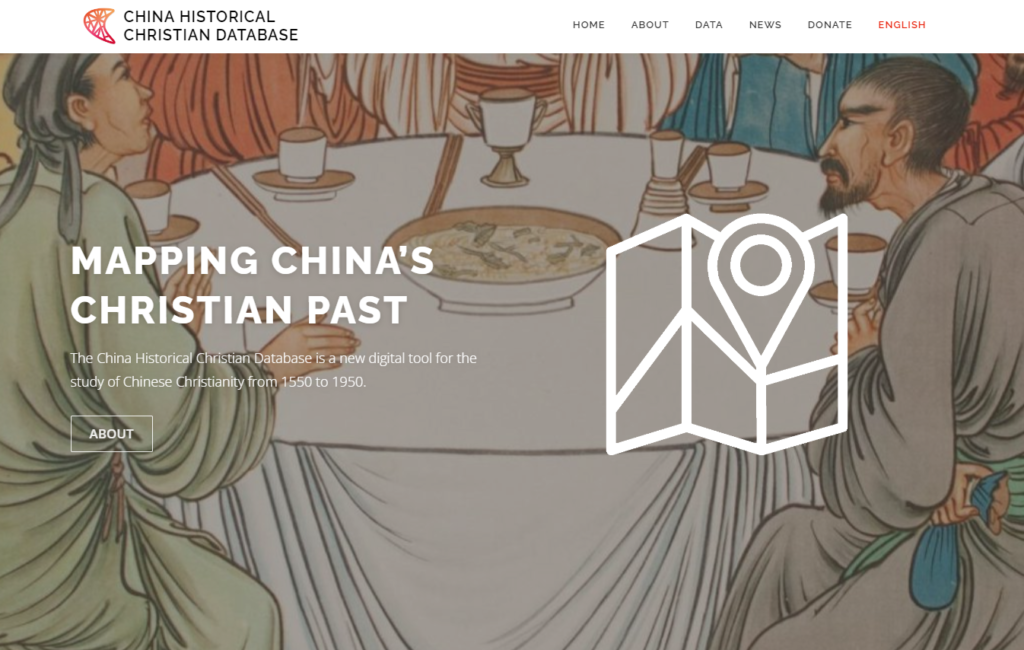
The China Historical Christian Database (CHCD) quantifies and visualizes the place of Christianity in modern China (1550-1950). It provides users the tools to discover where every Christian church, school, hospital, orphanage, publishing house, and the like were located in China, and it documents who worked inside those buildings, both foreign and Chinese. Collectively, this information creates spatial maps and generates relational networks that reveal where, when, and how Western ideas, technologies, and practices entered China. Simultaneously, it uncovers how and through whom Chinese ideas, technologies, and practices were conveyed to the West.

This online exhibition consists of 93 different documents in Hebrew, Arabic, Latin, Dutch, Spanish, German, Italian and Armenian, from archives in the Netherlands, Germany, Portugal, Spain, Italy, Egypt and Malta, all of which house paper-based records of administrative, financial and commercial activity between the late fourteenth and early eighteenth centuries. The exhibition thus samples some of the most relevant paper-based formats and documentary genres used to codify commercial information and financial value by different communities around the Mediterranean.
The exhibition was organized by José María Pérez Fernández (U. of Granada), Giovanni Tarantino (U. of Florence) Matteo Calcagni (European University Institute), as one of the activities conducted by “Paper in Motion”, which was in turn one of the four Work Groups of the PIMo COST Action. People in Motion (PIMo): Entangled Histories of Displacement across the Mediterranean (1492–1923)
Some relevant contents include the following:
Continue reading “Paper in Motion: Information and the Economy of Knowledge in the Early Modern Mediterranean”
The Virtual Trinity Chapel Project brings together an extensive array of materials documenting the Service of Consecration for Trinity Chapel, Lincoln’s Inn, on Thursday, May 22nd, 1623. Materials include visual models recreating the interior and exterior of Trinity Chapel on that occasion, as well as documents describing what happened, who took part, and what they made of it afterwards.
The service of Consecration for Trinity Chapel turns out to have been one of the most fully documented worship services to take place in England in the early modern period. As a result, we have been able to recreate a remarkably detailed, almost minute-by-minute account of the service itself, as well as what some of those in attendance made of it in retrospect.
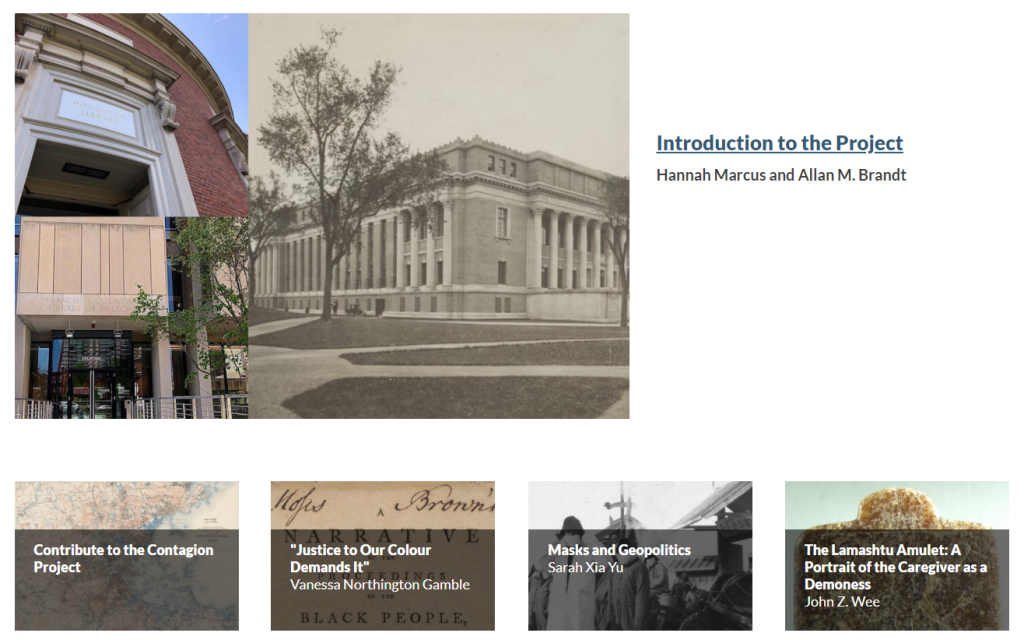
https://harvardlibrarybulletin.org/contagion-project
Scholarly commentaries on the history of disease, selected from digitized primary sources from Harvard University’s libraries and museums, with an introduction to the project written by Hannah Marcus and Allan M. Brandt.
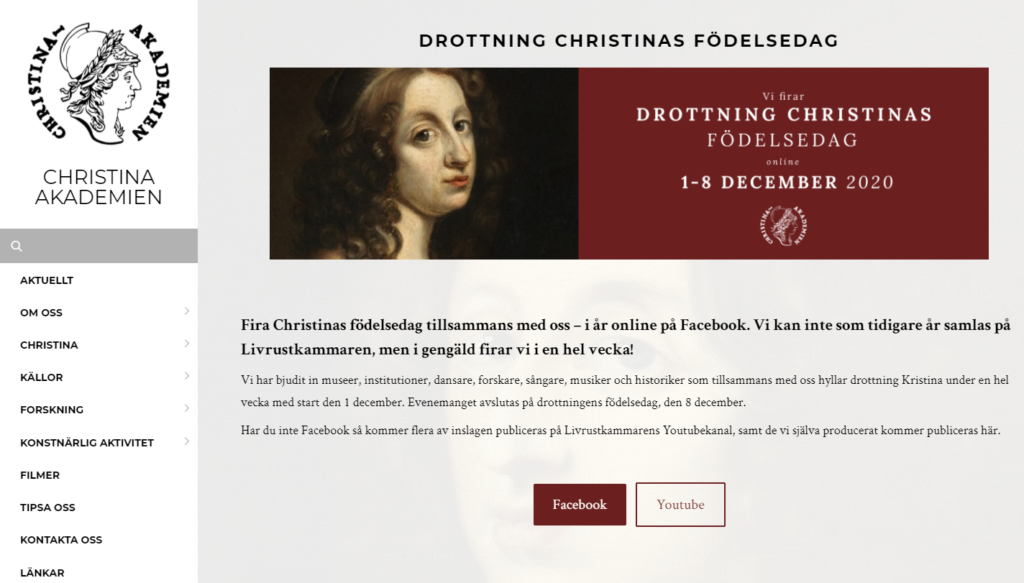
http://www.christina-akademien.se/
The Christina Academy is a forum for scientific, historical, and artistic research on Queen Christina. The purpose is to spread knowledge about Christina and her time, and stimulate conversation and exchange between anyone interested in the Queen. The website is a hub for current projects, a resource for scholars, and a public platform that makes information about Christina more accessible. The site also includes short essays on topics related to Queen Christina written by experts in the field as well as research resources, timelines, and educational tools. The group also sponsors events, lectures, and programming related to Queen Christina and her circle for members.
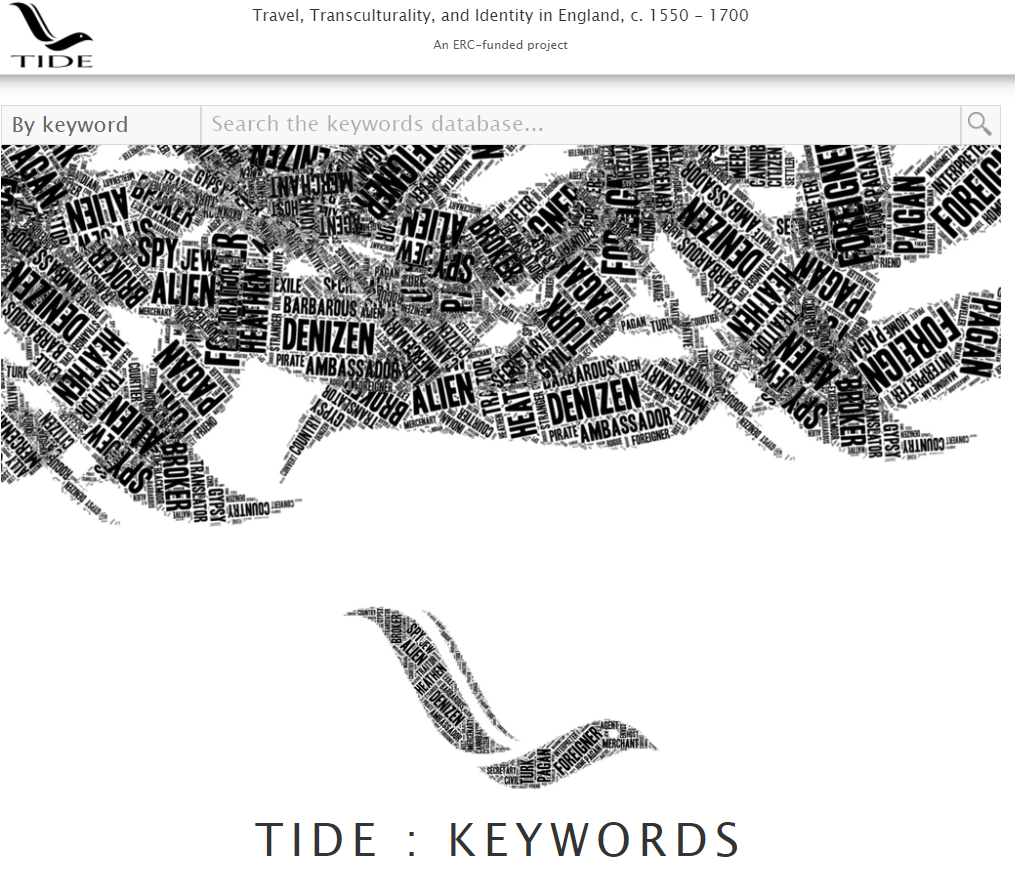
What did it mean to be a stranger in sixteenth and seventeenth century England? How were other nations, cultures, and religions perceived? And what happened when individuals moved between languages, countries, religions, and spaces? TIDE: Keywords emerges from the collaborative work of ‘Travel, Transculturality, and Identity in England, c. 1550-1700’ (TIDE), a five-year interdisciplinary project funded by the European Research Council, exploring the development of the ideas of belonging and betweenness in early modern England.